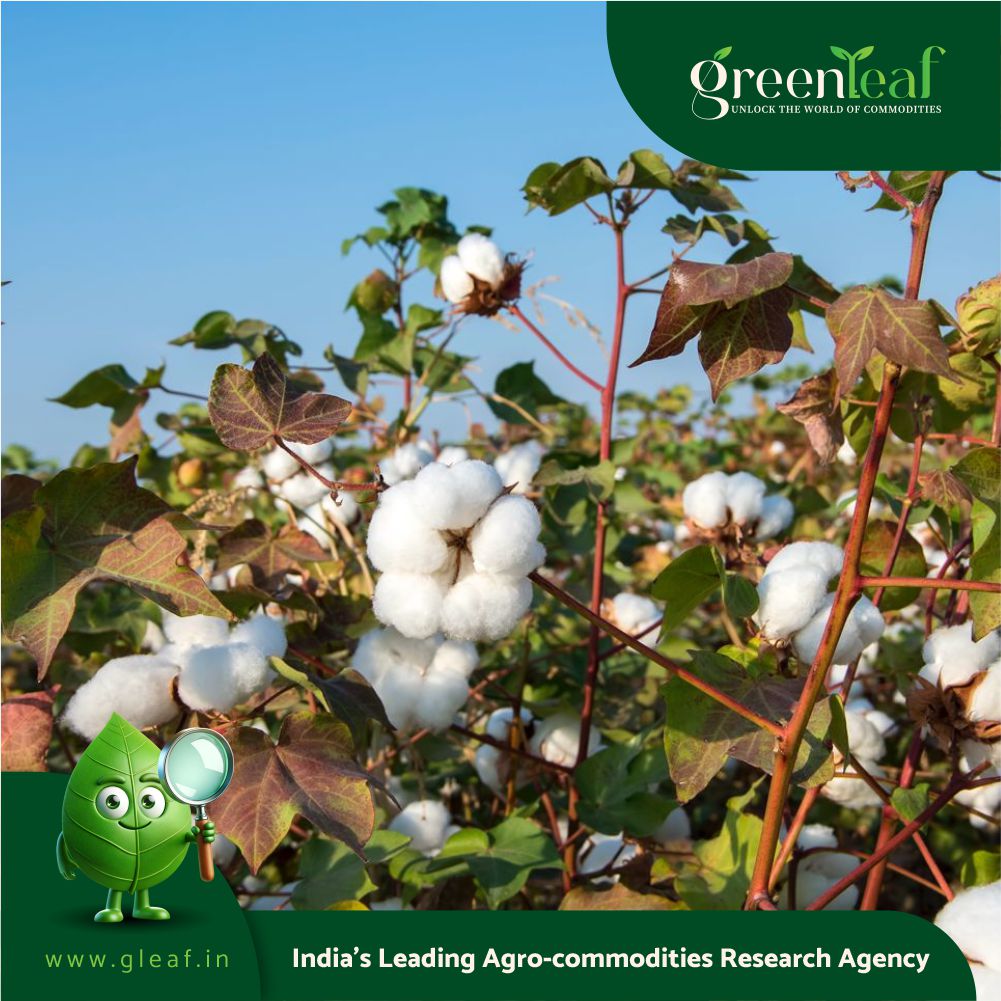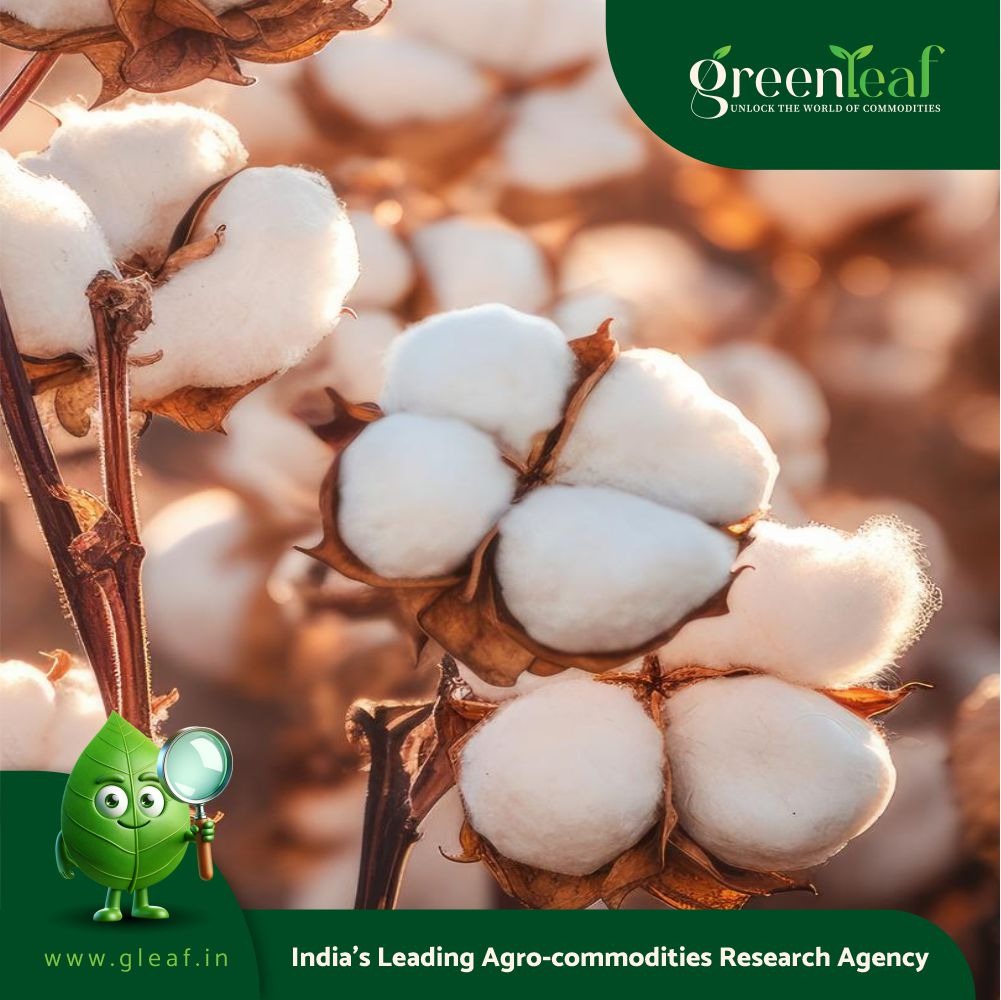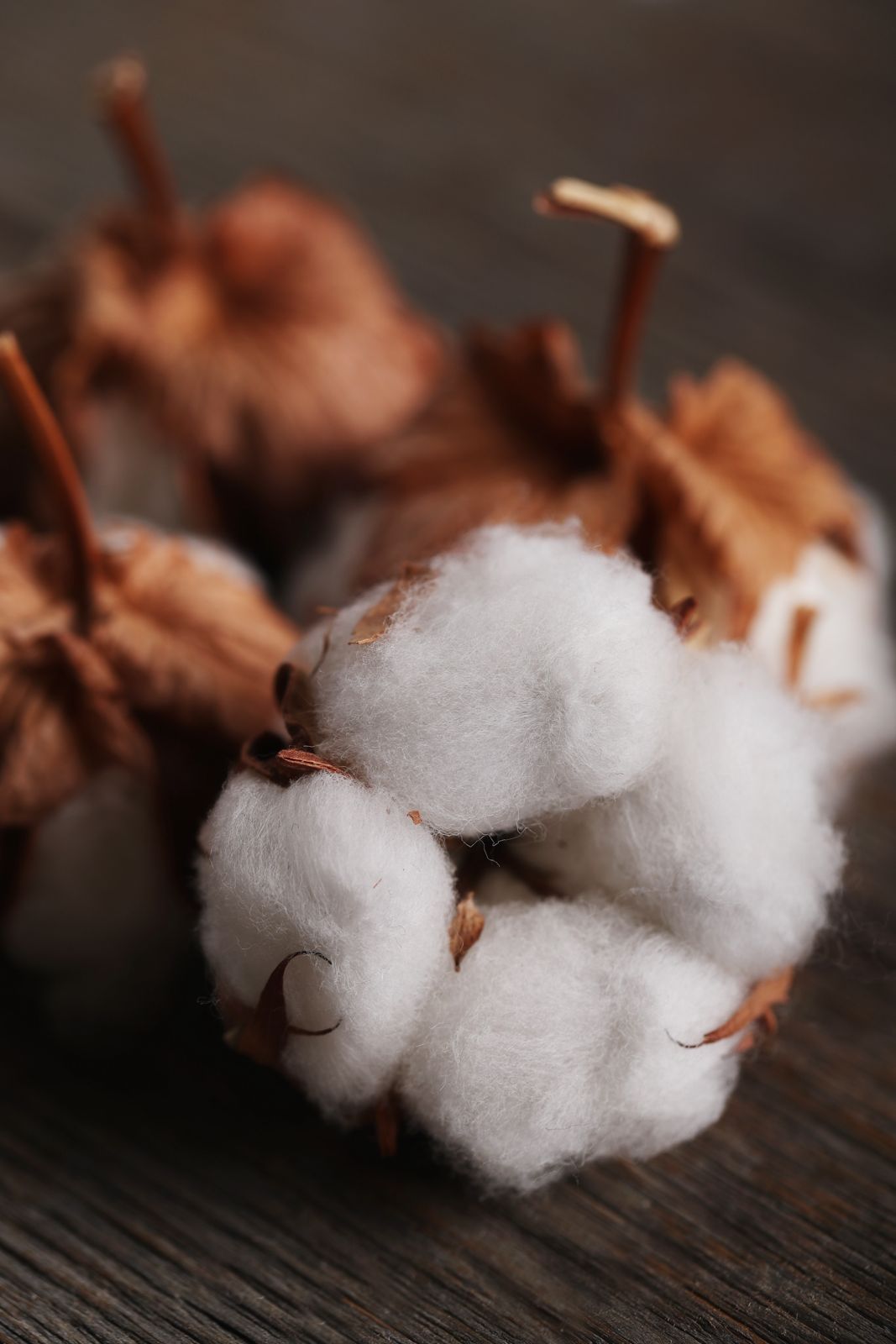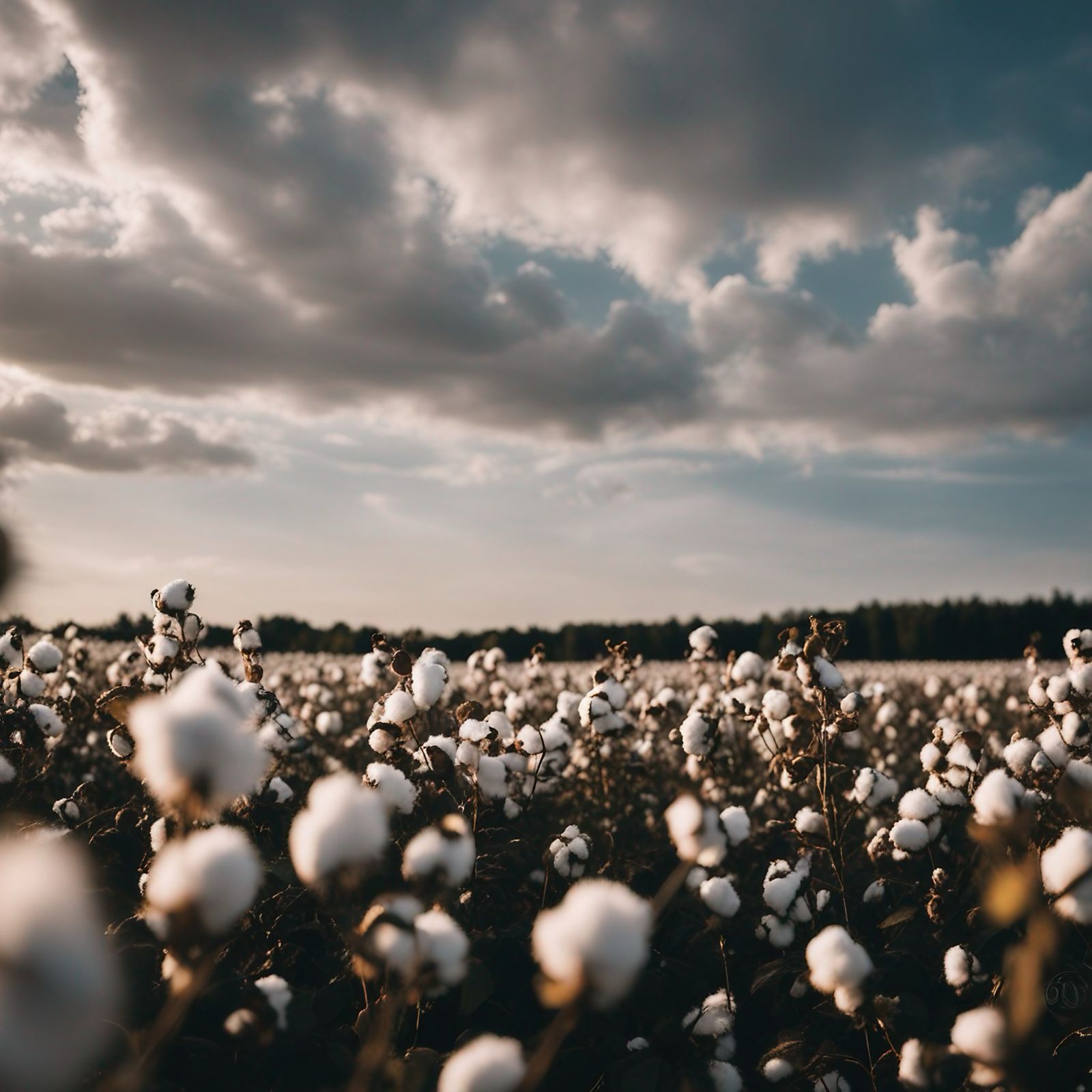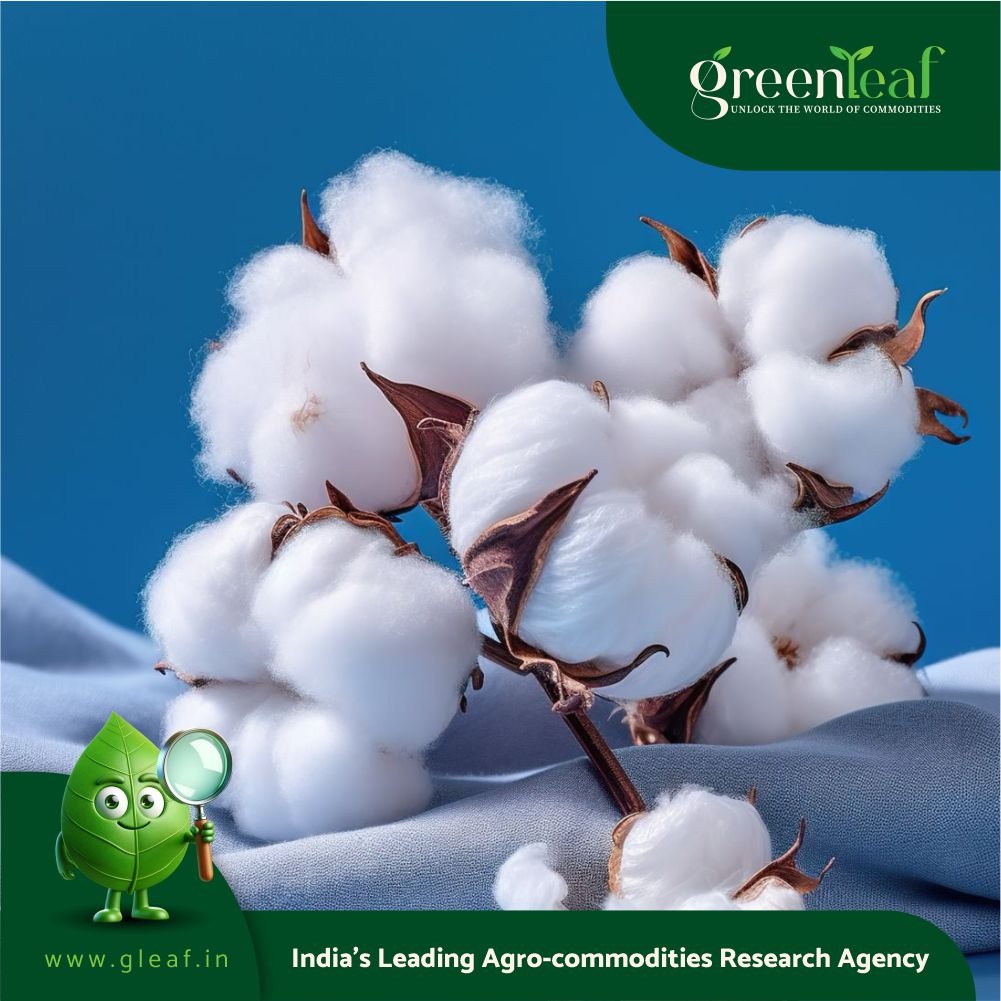As the July 9 deadline approaches, US negotiators are turning up the heat, urging India to open its agriculture market to genetically modified (GM) crops. Finance Minister Nirmala Sitharaman has declared agriculture and dairy as sacrosanct “red lines,” warning that accepting GM imports could jeopardise both farmers’ livelihoods and food safety. Meanwhile, global GM crop adoption has skyrocketed since 1996. As of 2023, over 200 million hectares of GM soyabean, maize, canola, and more are in cultivation across 76 countries. India’s refusal to budge can become a major challenge in sealing the trade deal.
The only crop that is GM in India is cotton. It was Atal Bihari Vajpayee’s government in 2002 when this bold decision to allow Bt cotton was taken. Today, more than 90 per cent of India’s cotton area is under Bt cotton, and its seed is fed to cattle. So, in a way, a GM crop is already in our food system. The cotton seed oil is consumed by humans, although some scientists suggest that the oil does not carry the protein that the seed has. Earlier, even poultry feed, such as soya and corn, was also imported — this was GM. So, one thing is clear — it would be wrong to claim that GM food has not been in our food chain. It has been there for quite some time, mainly through cattle or poultry feed.

